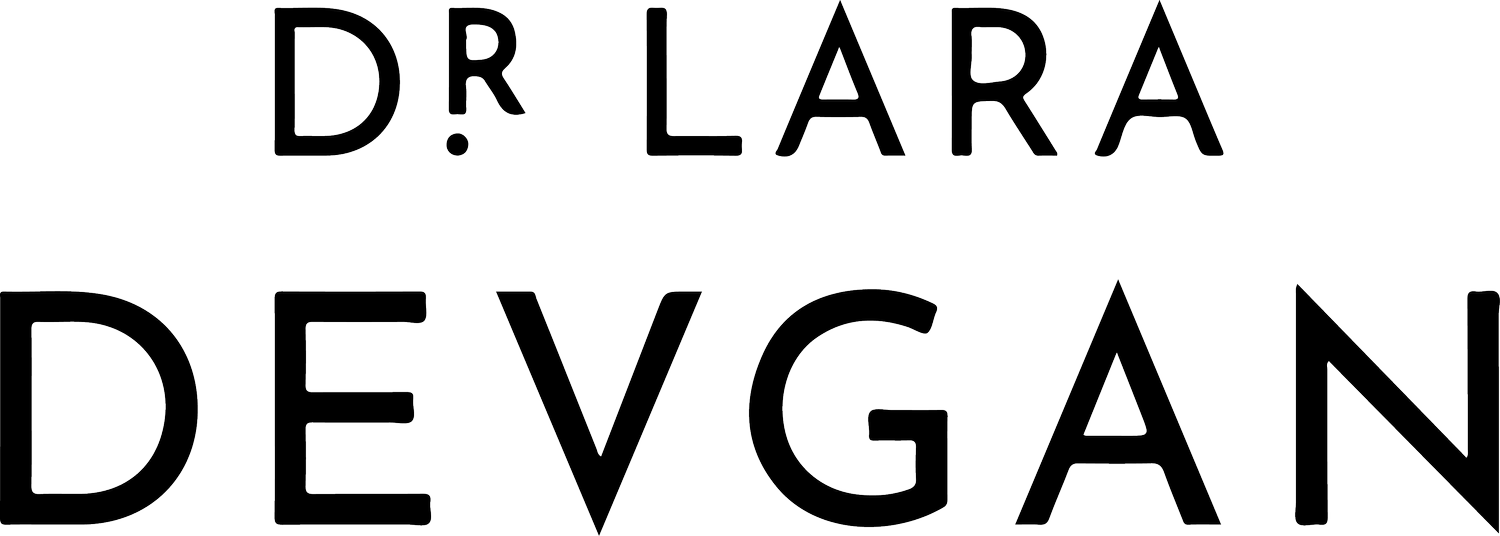Actual patient of Dr. Devgan, before and immediately after injectable tear trough filler.
Actual patient of Dr. Devgan, before and 2 weeks after upper and lower eyelid blepharoplasty.
The eye area has the thinnest skin on the body, and for this reason, the periorbital area is one of the first places where the face shows its age.
There are a variety of options to rejuvenate the eyes, depending on your anatomic characteristics, expectations, downtime, and budget. The two principle options are injectable rejuvenation and surgery.
Injectable Eye Rejuvenation
Injectable rejuvenation of the eye area focuses on use of Botox to soften crows feet (the wrinkles on the lateral aspects of the eyes) and filler to soften tear troughs, dark circles, and hollowing under the eyes.
The main advantages of injectable eye rejuvenation are that it is fast, easy, minimally invasive, and has little downtime. The entire procedure takes under 15 minutes in most cases, and it can be done wide awake, with many patients returning immediately back to work.
The main disadvantage of this approach is that it is temporary and results are not quite as good as those that come with surgery. Botox lasts 3-4 months, and tear trough fillers last 1-2 years in most cases. For tear trough filler in particular, the injected material serves to blend and camouflage signs of aging, rather than definitively correcting excess skin or puffy fat pads.
Surgical Eye Rejuvenation
Surgical rejuvenation of the eyes is called upper eyelid and lower eyelid blepharoplasty. These operations involve using hidden incisions to definitively correct signs of aging around the eyes, such as excess folds of skin, puffy bags (fat pads), and hollowing.
The main advantage of blepharoplasty is that it is the gold standard, most effective way of treating periorbital aging. Results are very durable and long-lasting, and patients tend to be very happy.
The main disadvantages of surgery are the downtime, invasiveness, and expense associated with it. But for those who can accept these limitations, surgery creates a superior aesthetic result.














